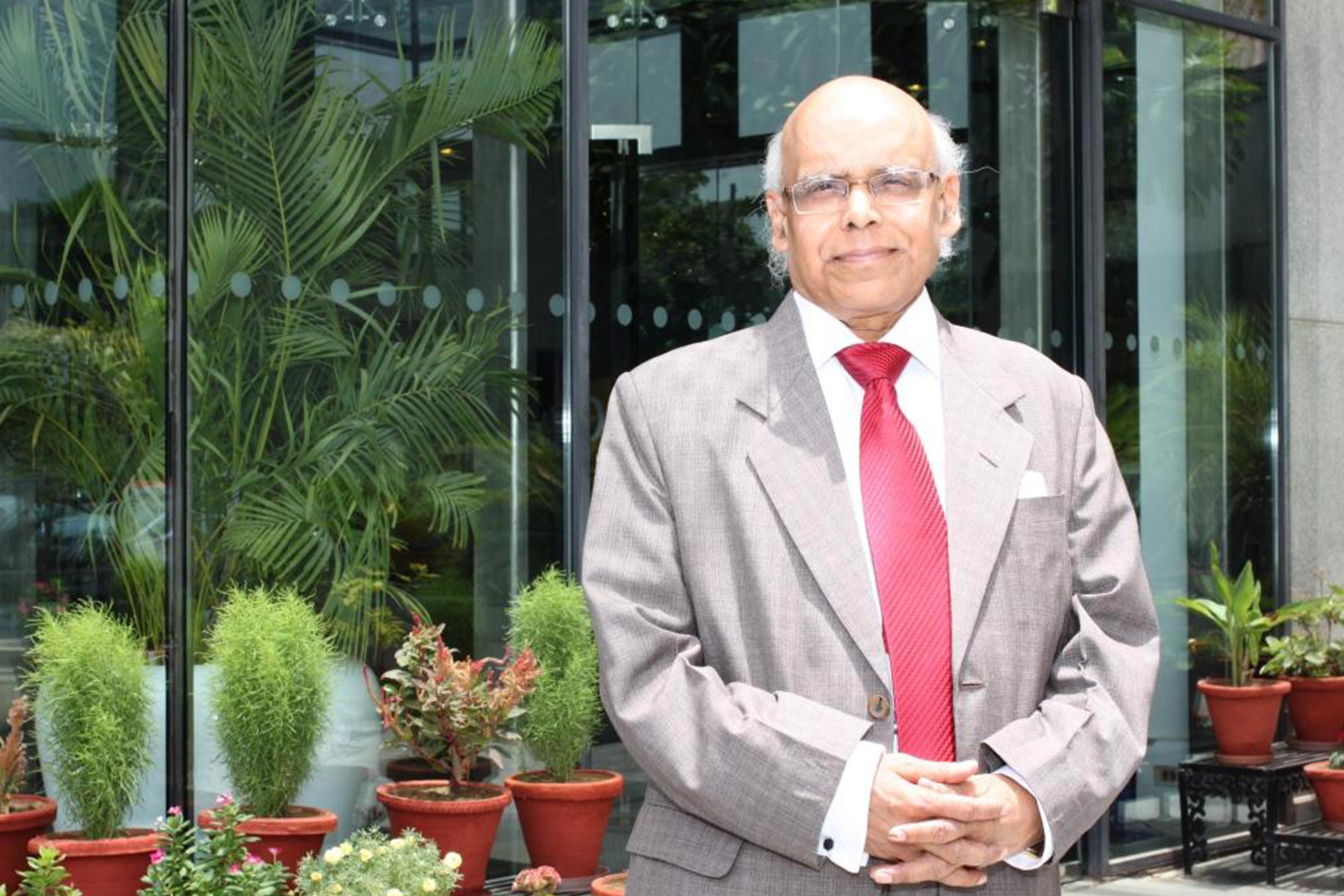EY refers to the global organization, and may refer to one or more, of the member firms of Ernst & Young Global Limited, each of which is a separate legal entity. Ernst & Young Global Limited, a UK company limited by guarantee, does not provide services to clients.
How EY can help
-
Tax policy advisory services by EY India offers insights & strategies to navigate complex tax regulations, driving business growth and compliance.
Read more
Recalibrating the fiscal glide path
The budgeted fiscal deficit to GDP ratio of the GoI is 5.9% for FY24. Owing to higher fertilizer and other petroleum linked subsidies, there may be some pressure on government spending. Considering recent estimates of additional fertilizer subsidies to the extent of INR50,000 crore and using the budgeted magnitude of nominal GDP, the fiscal deficit to GDP ratio may increase to close to 6.1%. There may be further pressure on this number due to a slippage in nominal GDP growth, and any shortfall in the budgeted GTR.
In FY25, the GoI should signal a movement towards the stated fiscal deficit target of 4.5% of GDP in FY26. If evenly distributed, this would imply achieving a 5.2% fiscal deficit relative to GDP in FY25. The medium-term glide path should pass through the 4.5% target in FY26 and spell out annual reduction targets to achieve the norm of 3% of GDP latest by FY28. This should be explicitly detailed at least in the main Budget, as mandated by the FRBM Act as amended in 2018.
In order to ensure that the combined fiscal deficit relative to GDP is brought closer to 6%, GoI may consider constituting a Loan Council to oversee the annual borrowing programs of the central and state governments. It is also desirable to show a balance on revenue account and reduction of government debt-GDP ratio. This is needed to augment the aggregate savings rate by reducing government dissavings so that the medium-term growth can be sustained at close to 7%.




